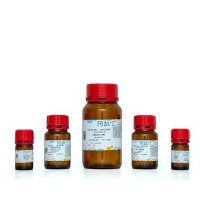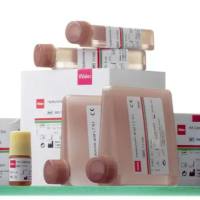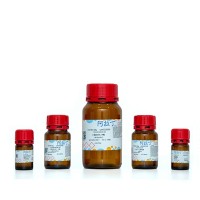TE-Based Mutagenesis Systems in Plants: A Gene Family Approach
互联网
509
Insertions in specific genes belonging to large and homogeneous gene families often do not cause a visible phenotype due to genetic redundancy. Therefore, several single-insertion mutants may have to be combined into double or even triple mutants in order to obtain a loss-of-function phenotype. It is therefore most useful to shift from single-gene insertion selection toward selection at the gene family level. Here, we present an alternative screening methodology that is highly suited for the functional analysis of gene families. Labeled primers designed from conserved regions present in the gene family and a transposon derived primer are combined in an optimized polymerase chain reaction (PCR) to screen a three-dimensionally pooled insertion library in a single step. PCR products are sized by polyacrylamide gel electrophoresis (PAGE), and putative insertion fragments are isolated from the gel, reamplified, and sequenced directly. Because the identification of insertions is sequence-based, insertions into highly homologous genes can easily be distinguished. Taking advantage of the presence of conserved domains in gene families, this approach allows simultaneous screening for insertion events in different family members, and it has the additional advantage of identifying yet unknown family members through their corresponding insertion mutant.









